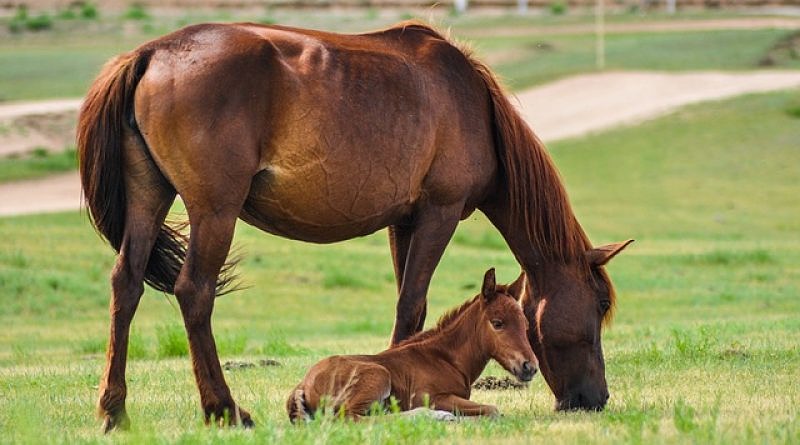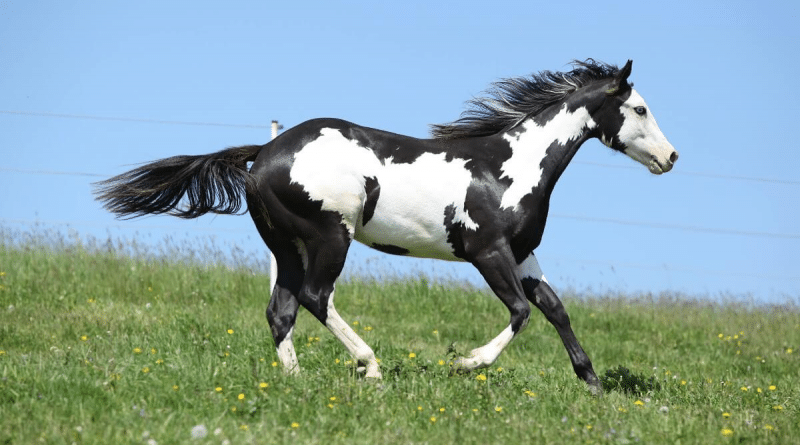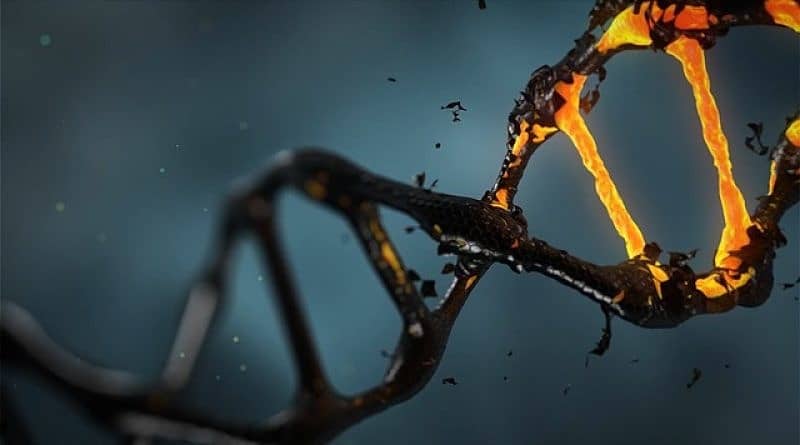Introduction to Genetics 4: From recipes to organisms
Why haven’t we found a single gene for intelligence? The relationship between genes, proteins and ponies is exciting and complex!
Previously in this series: Introduction to Genetics 3: Reading DNA recipes
We mentioned phenotypes earlier – the phenotype is the organism produced by the genotype, like the muffin that you end up with after following the recipe. We now know that the DNA in your cells contains instructions, and that these instructions build different proteins. The phenotype is the result of the specific proteins that are created as a result of following the instructions in the genotype. Organisms are the result of the production and interaction of a massive blob of different proteins!
As an example, we can look at the genetic disorder called cystic fibrosis. The phenotypic expression of cystic fibrosis includes having difficulty breathing, frequent lung infections and poor growth. The cause is a single gene. The working version of this gene (the working allele) contains instructions for a protein that is involved in producing sweat, mucus and digestive juices. But there are other alleles (different versions of the gene ‘recipe’) that have a ‘mistake’ in the coding for that protein. Humans with one of these alleles do still create a protein with their allele of the gene, but it does not work effectively, leading to the phenotype associated with cystic fibrosis. Remember: genes -> proteins -> phenotype.
Cystic fibrosis is one of the few cases where there is a simple and straightforward relationship between the genotype and the phenotype. A single gene variant (allele) produces a protein that doesn’t work properly, and therefore everything in the body that depends on this gene also doesn’t work properly. But most of the time the relationship is a lot more complicated!
The sheer number of different proteins involved in a mammal like a horse or human is absolutely overwhelming. We are composed of hundreds of billions of cells that contain our DNA and produce proteins. The specific proteins they produce is determined by a complex of factors including the DNA itself, the age of the cell, chemical signals from other cells nearby, chemical signals from other parts of the body, external stimuli, available resources (nutrients) and so on.
With this in mind we can already start answering one of the questions listed at the beginning of this article. Is there ‘a gene for’ things like dancing or intelligence? The answer is a clear no! Almost every phenotypic trait that you can think of is going to be the result of a large number of different genes and environmental factors. There are definitely genes that affect the likelihood of particular phenotypic traits, but there is not ‘a gene for’ any particular complex trait, because that simply isn’t how biology works.
Think about dancing, for example. What do you need to be able to dance well? At a minimum, proteins that enable flexibility, proteins for muscle building, proteins for effective and fast nerve responses, proteins for effective coordination of different muscles, and on top of all that, proteins responsible for building the right brain structures to detect rhythm, and then the right brain structures for creatively expressing rhythm etc. And of course, all of these factors will be hugely influenced by the organism’s environment. Think again about what a gene is – it is simply a recipe for building a protein. Is it at all likely that one gene is going to be creating a protein that somehow does all of this wildly different work?
Traits like dancing ability are an example of what are called polygenic (‘many-gened’) traits. In reality, almost everything we are interested in about horses or humans is the result of polygenic traits. Even coat colour in horses, which is fairly simple as genetics goes, is polygenic. Grey colouring is the result of a single gene, but even that is not quite as simple as it sounds!
The fact that most traits are polygenic explains why genetic testing is often so limited in what it can reveal, even in areas that have been extensively researched (such as human genetic disorders). Over time, research has established links between certain alleles (particular versions of a gene) and certain conditions. This means that, in the case of Alzhemier’s for example, if you have a specific allele of a gene called APOE then you have a higher risk of developing the disease, but it is not certain – plenty of humans have the risky allele but do not end up developing Alzhemier’s. In fact, recent studies have found 19 different genes that can alter the risk of developing Alzhemier’s. The best a genetic test can do, most of the time, is estimate the probability of developing a certain condition. This is also why positive genetic tests for heritable disorders in horses are not always associated with symptoms – e.g. in the case of PSSM.
This is not to say that there are no examples of direct relationships between a single gene and a generally observable phenotypic trait. However, most of the direct relationships we have discovered (like cystic fibrosis) are due to what are called ‘loss of function’ mutations – alleles of a gene that do not work properly. This makes sense when you understand the way proteins work together to determine phenotype.
Think about a car – it has many different parts that all have to be working together for the car to function properly. Let’s change just one of them – let’s put a small hole in each of the tyres. Immediately, the overall phenotype of the car is massively changed! Its top speed may go from 120 mph to 30 mph. A ‘loss of function’ change to the tyres had a massive impact on the car! But what happens if we go the other way – we improve the tyres a bit, make them more efficient and stick to the road more effectively. What happens? Well, we might see some small improvements in handling, perhaps a slightly higher top speed (125 mph vs 120 mph), but the differences will be small. Saying that there is ‘a gene for’ intelligence in humans is a bit like saying there is a single factor in car design that determines top speed! It might be that there is a ‘loss of function’ change that can drastically reduce intelligence, or top speed, but if we are interested in improving a car’s top speed we have to look at everything – tyres, wheels, engine, transmission, weight, aerodynamics etc.
Summary
Genotype determines phenotype through the production of proteins.
If a single allele (version of a gene) makes a big difference to a phenotype it is probably because it causes some kind of ‘loss of function’ in the protein it creates.
Most traits are caused by multiple genes working together in complicated ways – they are polygenic.
Next in this series: Introduction to Genetics 5: Backup copies and chromosome pairs







